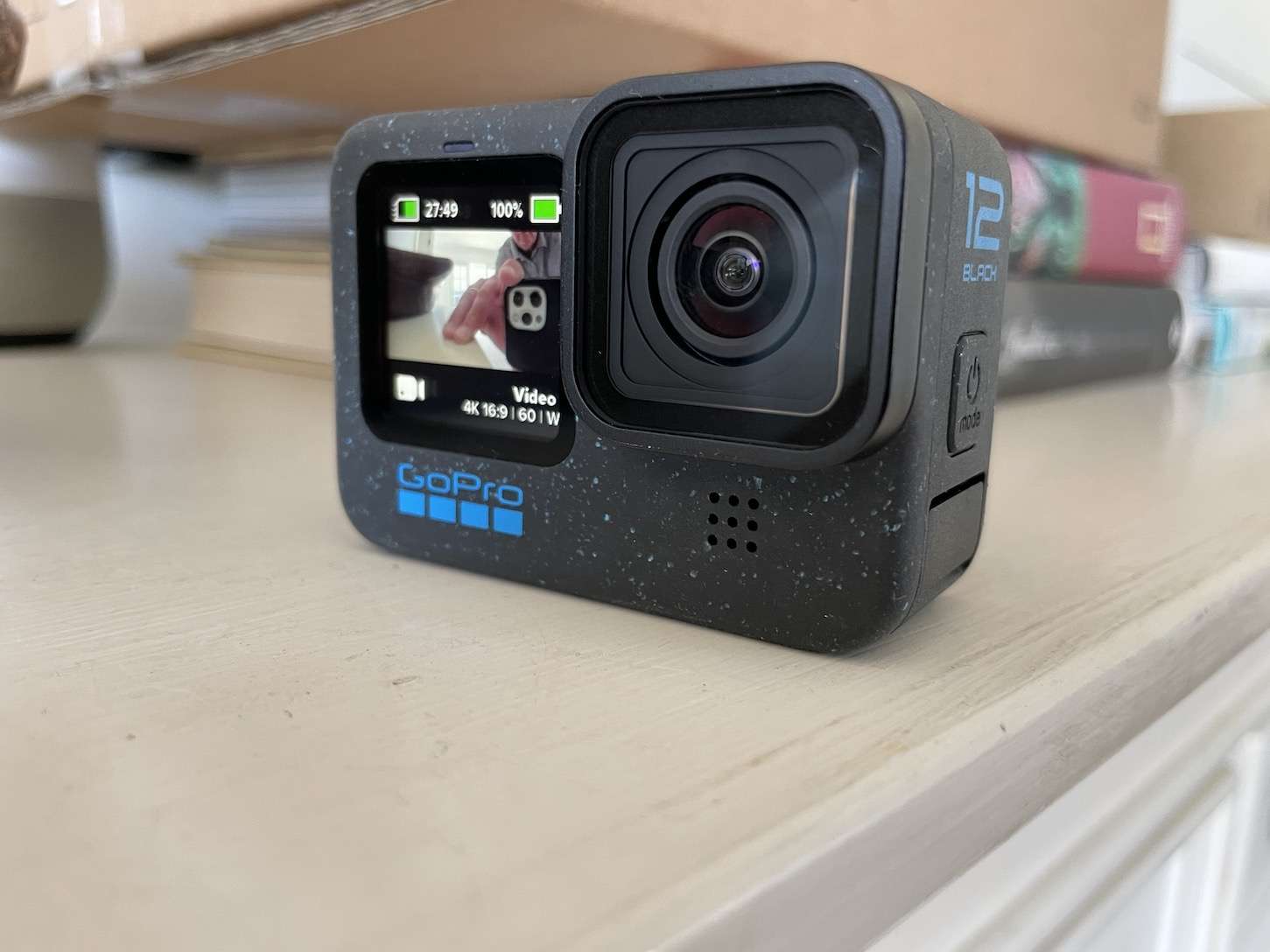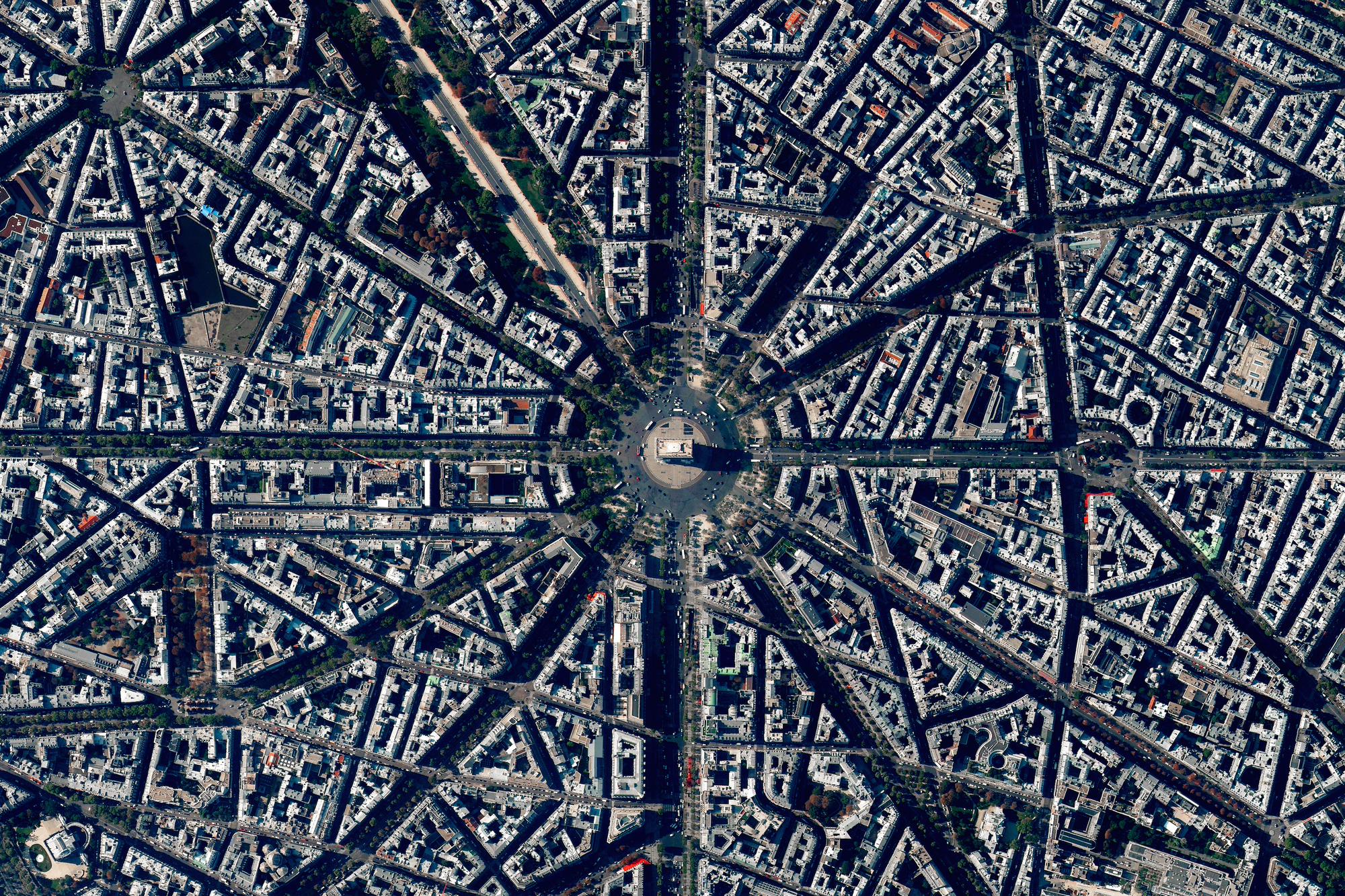“Unlocking Wanderlust: The Best Lenses for Travel Photography
Related Articles Unlocking Wanderlust: The Best Lenses for Travel Photography
- Beginner’s Guide To Travel Photography Camera Settings: Unlock Your Creative Potential
- GoPro Travel Videography: Capture Your Adventures Like A Pro
- GoPro Video Editing On The Go: Building The Ultimate Travel Setup
- The Best Locations To Put Your Lightweight Camera Gear To The Test
- 4K Travel Time-Lapse For Beginners: Capturing The World In Motion
Introduction
Today, we’re excited to unravel an engaging topic: Unlocking Wanderlust: The Best Lenses for Travel Photography. Together, we’ll uncover insights that inform, inspire, and open new perspectives for our readers.
Table of Content
Unlocking Wanderlust: The Best Lenses for Travel Photography

Travel photography isn’t just about documenting places; it’s about capturing the essence of a culture, the grandeur of a landscape, and the fleeting moments that make a journey unforgettable. Your camera is your tool, but your lens is your eye. Choosing the right lenses can transform your travel photos from snapshots into captivating stories.
This guide delves into the best lens options for travel photography, catering to various styles, budgets, and skill levels. Whether you’re a seasoned pro or an enthusiastic beginner, this will help you select the perfect glass to accompany you on your next adventure.
Why Lens Choice Matters in Travel Photography
Before diving into specific recommendations, let’s understand why lens selection is crucial for travel photography:
-
Perspective and Storytelling: Different focal lengths (measured in millimeters, mm) drastically alter the perspective of a scene. Wide-angle lenses (e.g., 16mm, 24mm) capture sweeping landscapes and create a sense of immersion. Telephoto lenses (e.g., 70-200mm, 100-400mm) compress distances, isolate subjects, and allow you to capture details from afar.
-
Versatility: Travel often presents unpredictable shooting conditions. A versatile lens or a well-chosen lens kit allows you to adapt to various situations, from bustling markets to serene mountain vistas.
-
Image Quality: Lenses are critical for sharpness, clarity, and overall image quality. High-quality lenses minimize distortions, reduce chromatic aberration (color fringing), and perform better in low light.
-
Size and Weight: When traveling, every ounce counts. Bulky, heavy lenses can become a burden, especially if you’re hiking or navigating crowded streets.
The Essential Lens Types for Travel Photography
Here’s an overview of the primary lens types and their applications in travel photography:
-
Wide-Angle Lenses (10mm-35mm)
-
Ideal For: Landscapes, cityscapes, architecture, astrophotography, capturing a sense of place, and immersive storytelling.
-
Key Features: Wide field of view, often exaggerates perspective, good depth of field (more of the scene in focus).
-
Pros:
- Captures expansive scenes.
- Excellent for shooting in tight spaces.
- Can create dramatic perspectives.
- Great for astrophotography.
-
Cons:
- Can distort straight lines, especially at the edges of the frame.
- May require careful composition to avoid empty space.
-
Examples:
- Sigma 16mm f/1.4 DC DN Contemporary (APS-C): A sharp, fast, and affordable option for crop-sensor cameras.
- Sony FE 20mm f/1.8 G: A compact and high-performing wide-angle prime for full-frame Sony cameras.
- Canon RF 15-35mm f/2.8L IS USM: A professional-grade zoom lens with excellent image quality and image stabilization.
- Laowa 9mm f/5.6 FF RL: The world’s widest rectilinear lens for full frame cameras, perfect for capturing very wide scenes.
-
-
Standard Zoom Lenses (24mm-70mm or 24mm-105mm)
-
Ideal For: General-purpose photography, street photography, portraits, travel snapshots, and situations where versatility is paramount.
-
Key Features: A versatile focal range that covers many common shooting scenarios.
-
Pros:
- Offers a good balance of wide-angle and short telephoto capabilities.
- Convenient for capturing a variety of subjects.
- Often available as kit lenses with new cameras.
-
Cons:
- Image quality may not be as high as prime lenses.
- Maximum aperture (f-stop) may be limited, especially at the telephoto end.
-
Examples:
- Sony FE 24-70mm f/2.8 GM: A professional-grade standard zoom lens with excellent sharpness and bokeh.
- Nikon Z 24-70mm f/4 S: A compact and affordable standard zoom lens for Nikon Z-mount cameras.
- Canon RF 24-105mm f/4L IS USM: A versatile zoom lens with a longer reach and image stabilization.
- Tamron 28-75mm f/2.8 Di III VXD G2: A compact and lightweight zoom lens for Sony E-mount cameras.
-
-
Telephoto Zoom Lenses (70mm-200mm, 100-400mm, or longer)
-
Ideal For: Wildlife photography, capturing distant landscapes, portraits with blurred backgrounds, isolating subjects, and compressing perspective.
-
Key Features: Long focal lengths that allow you to zoom in on distant subjects.
-
Pros:
- Allows you to capture details from afar.
- Creates a shallow depth of field for beautiful background blur (bokeh).
- Compresses distances, making distant objects appear closer together.
-
Cons:
- Can be bulky and heavy.
- Requires a stable shooting platform (tripod or image stabilization) to avoid camera shake.
- May have a slower maximum aperture, making it challenging to shoot in low light.
-
Examples:
- Sony FE 70-200mm f/2.8 GM OSS: A professional-grade telephoto zoom lens with excellent image quality and image stabilization.
- Canon EF 70-200mm f/4L IS II USM: A lightweight and affordable telephoto zoom lens with excellent image quality.
- Sigma 100-400mm f/5-6.3 DG OS HSM Contemporary: A versatile telephoto zoom lens with a long reach and a reasonable price.
- Tamron 70-300mm f/4.5-6.3 Di III RXD: A compact and lightweight telephoto zoom lens for Sony E-mount cameras.
-
-
Prime Lenses (Fixed Focal Length)
-
Ideal For: Low-light photography, portraits, street photography, and situations where image quality and a fast aperture are paramount.
-
Key Features: Fixed focal length, typically with a wider maximum aperture than zoom lenses.
-
Pros:
- Often sharper and have better image quality than zoom lenses.
- Wider maximum aperture allows for better low-light performance and shallow depth of field.
- Typically more compact and lightweight than zoom lenses.
-
Cons:
- Less versatile than zoom lenses, as you cannot change the focal length.
- May require carrying multiple lenses to cover different shooting scenarios.
-
Examples:
- 50mm f/1.8: The "nifty fifty" is a classic prime lens that is affordable and versatile.
- 35mm f/1.8: A popular choice for street photography and general-purpose shooting.
- 85mm f/1.8: A great lens for portraits with beautiful background blur.
-
Choosing the Right Lenses for Your Travel Style
The best lens setup for you will depend on your travel style, the types of subjects you like to photograph, and your budget. Here are some considerations:
-
Minimalist Traveler: If you prefer to travel light, a single versatile zoom lens like a 24-70mm or 24-105mm can be a great option. Alternatively, a wide angle and a standard prime can be a lightweight solution.
-
Landscape Enthusiast: A wide-angle lens is essential for capturing sweeping vistas. Consider a 16-35mm zoom or a prime lens like a 24mm or 28mm.
-
Wildlife Photographer: A telephoto zoom lens with a long reach (e.g., 100-400mm or longer) is crucial for capturing wildlife from a safe distance.
-
Street Photographer: A 35mm or 50mm prime lens is a classic choice for street photography. These lenses are compact, discreet, and offer excellent image quality.
-
Portrait Photographer: An 85mm or 135mm prime lens is ideal for portraits with beautiful background blur.
Budget Considerations
Lenses can range in price from a few hundred dollars to several thousand dollars. Here are some tips for finding lenses that fit your budget:
-
Consider Third-Party Lenses: Brands like Sigma, Tamron, and Rokinon offer excellent lenses at more affordable prices than first-party lenses (e.g., Canon, Nikon, Sony).
-
Buy Used: Buying used lenses can save you a significant amount of money. Check reputable online marketplaces and camera stores for used lenses in good condition.
-
Rent Before You Buy: Renting lenses can be a great way to try out different focal lengths and see what works best for your travel style before investing in a purchase.
Lens Care and Maintenance
Protecting your lenses is essential for ensuring they last for years to come. Here are some tips for lens care and maintenance:
-
Use a Lens Hood: Lens hoods protect the front element of your lens from impact and reduce glare.
-
Clean Your Lenses Regularly: Use a microfiber cloth and lens cleaning solution to remove dust, fingerprints, and smudges.
-
Store Your Lenses Properly: Store your lenses in a cool, dry place, away from direct sunlight.
-
Use a Lens Filter: A UV or clear filter can protect the front element of your lens from scratches and damage.
Conclusion
Choosing the right lenses is a critical step in elevating your travel photography. By understanding the different lens types, their strengths, and their limitations, you can select the perfect glass to capture the beauty and wonder of your travels. Whether you’re a minimalist traveler with a single versatile zoom lens or a dedicated landscape photographer with a bag full of primes, the right lenses can help you tell your travel stories in a way that is both visually stunning and deeply personal. So, pack your bags, grab your camera, and get ready to explore the world through the lens of your dreams!



